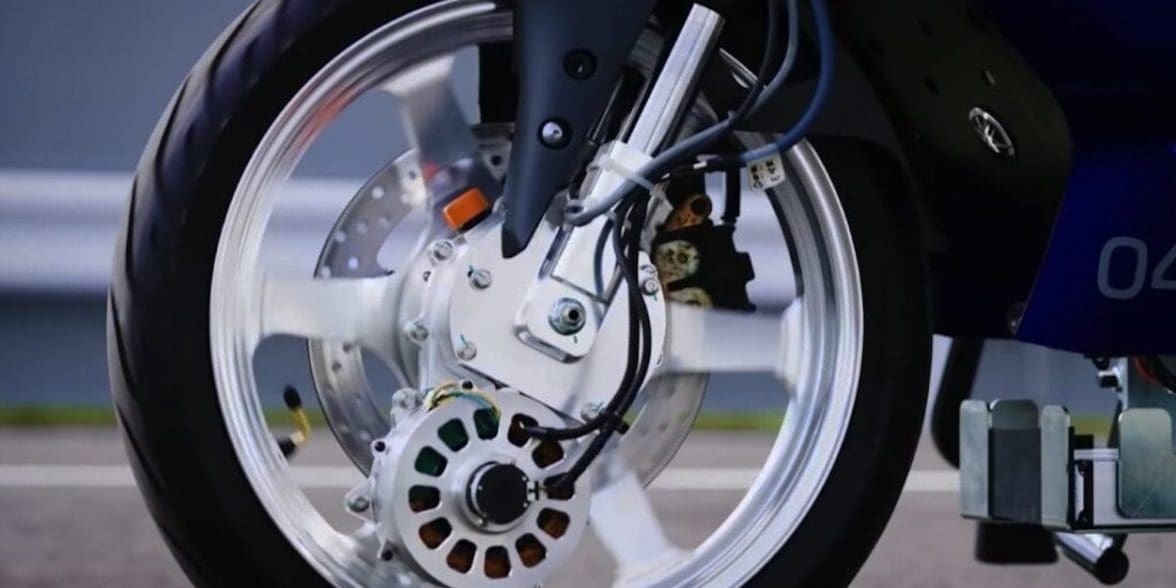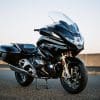Remember when both Yamaha and Honda committed to zero traffic fatalities by 2050?
Well, Yamaha’s just announced advancement of a prototype they debuted last year to combat those fatalities.
Any guesses as to the type of tech that’s been taking up their time?
Surprisingly, stabilization technology is the company’s big focus for our future’s Yammie lineups. As somebody who believes in steering dampers, I’ve always been intrigued at the thought of helping a two-wheeled machine stay upright with tech, but I always wondered why.
Why do motorcycle/bicycle companies spend absurd amounts of money making tech that would only help riders at low speeds (or standing still)?
One look at the stats being used by today’s personal injury lawyers, and everything makes sense.
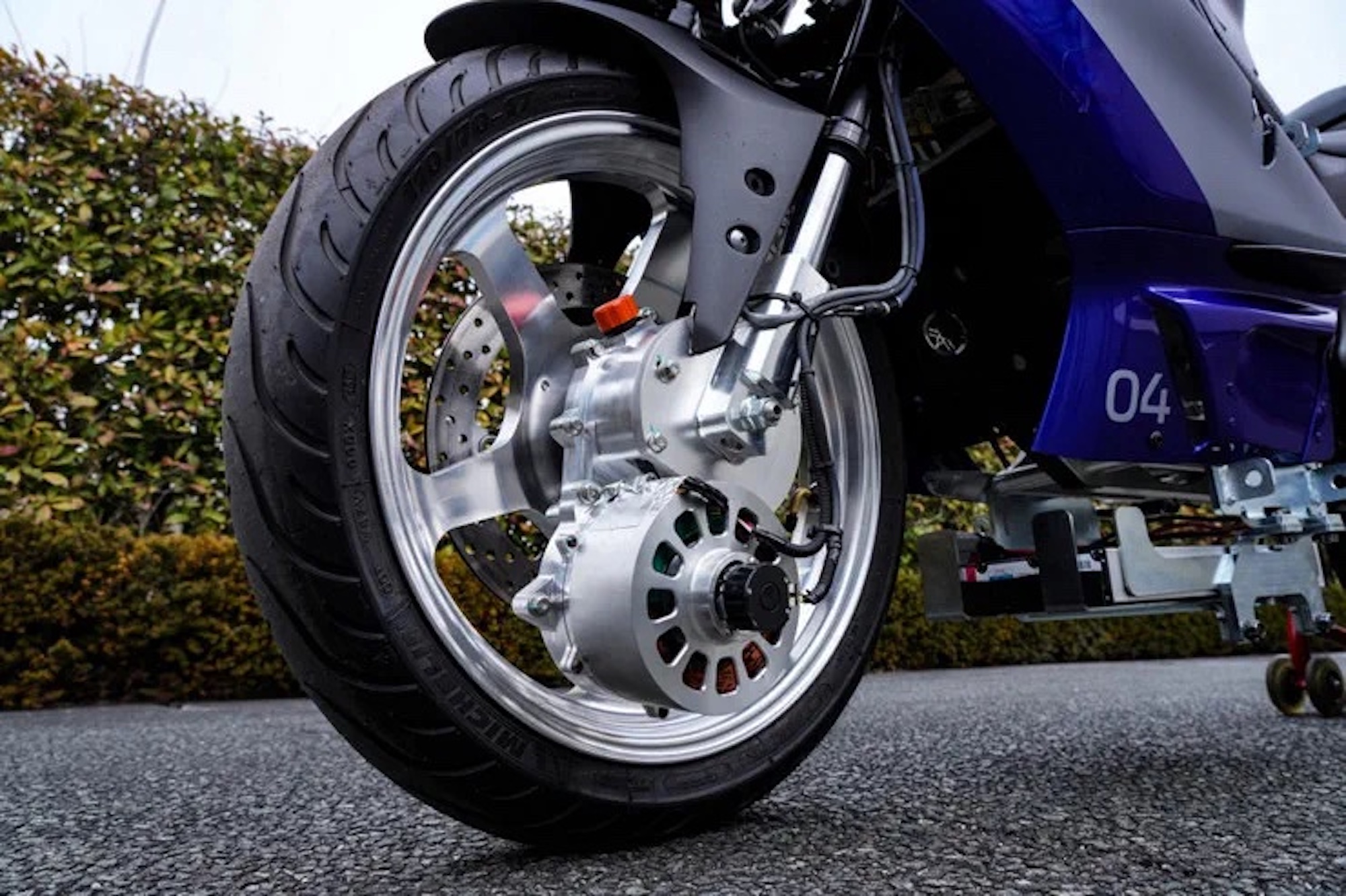
According to a study published by the National Highway Traffic Safety Administration (NHTSA), 29.8 mph was the median speed of motorcyclists prior to accidents, with 900 studied for the project (via TheLawPlace).
Combine this knowledge with my own laughable memories on my first bike, today’s exploding small-capacity motorcycling industry and SMARTER President Dan Petterson’s findings that “most motorcycle accidents involve a short trip associated with shopping, errands, friends, entertainment, or recreation” (via MichiganAutoLaw)…
… and suddenly there’s a very good reason to put in some extra hours at the self-balancing lab.
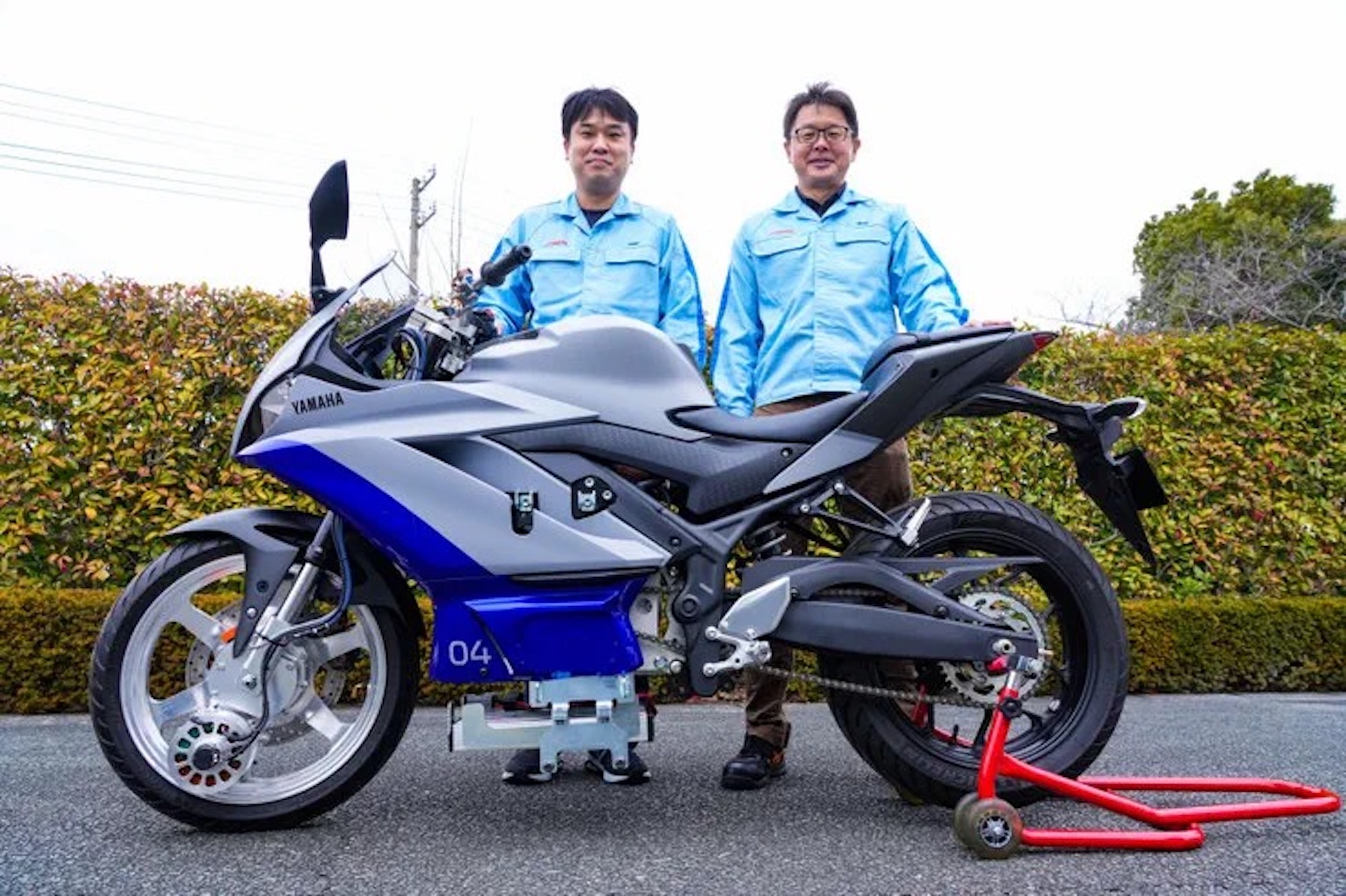
Coverage from Motorcycle Sports tells us that work on Yamaha’s Advanced Motorcycle Stabilisation Assist System (AMSAS for short) has progressed and the company is now halfways to providing their system to customers. AMSAS works by turning the bike’s handlebars as needed to keep the rider upright, with “an electric drive mounted on the front wheel that provides stability at low speed.”
Currently, we see Yammie’s put the tech on the skeleton of an R25.
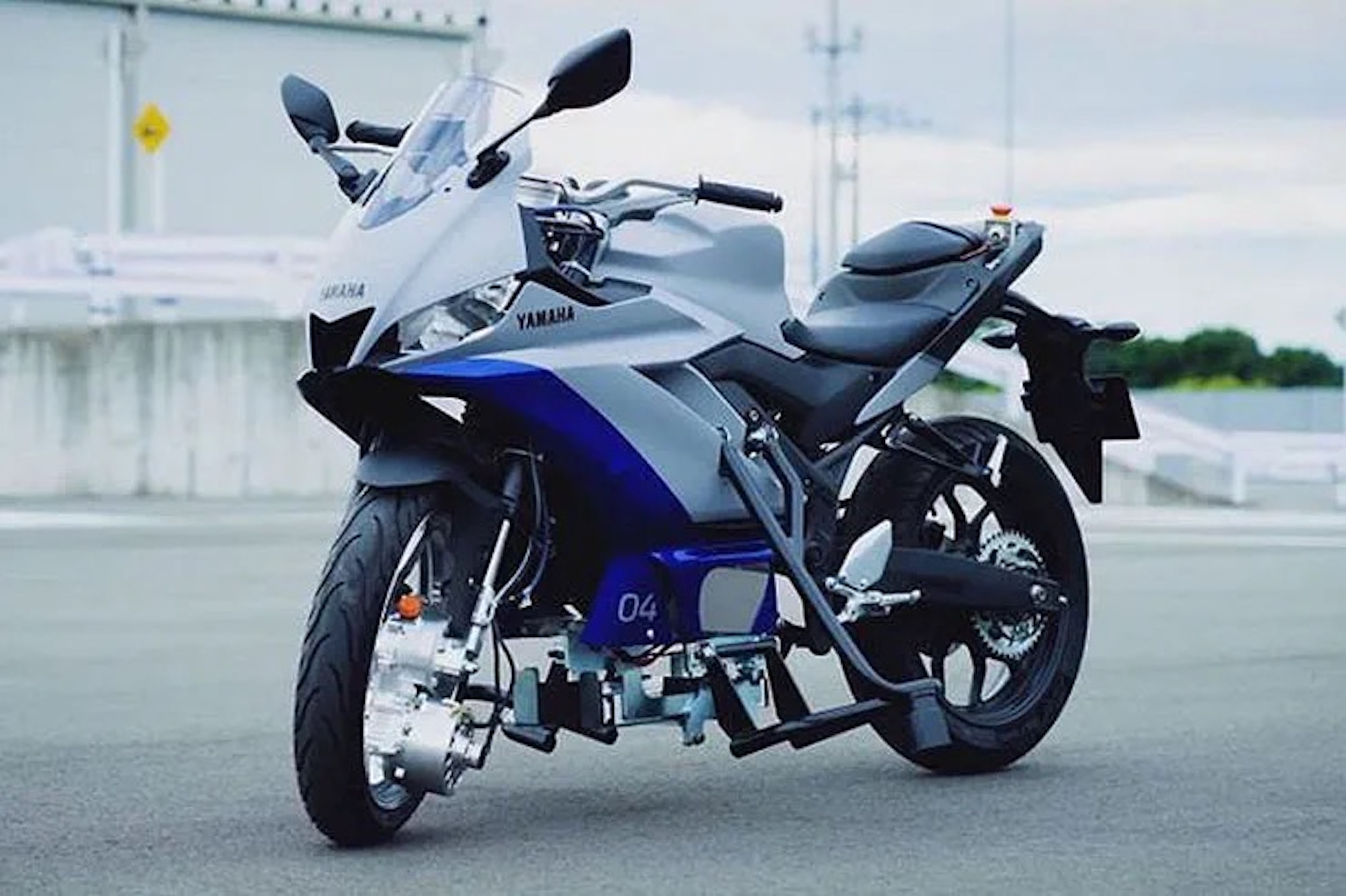
Apparently, a full-out ICE engine has yet to be attached to this system (the engine of the R25 was taken out for the project), but now that the bike is proven to be able to carry a human, the machine fits with Yamaha’s simple goal: To offer a riding aid to our industry in an attempt to bring down rider fatalities.
“Yamaha says that a large proportion of bike accidents are down to rider error, with ‘recognition errors’ accounting for 10%, ‘decision errors’ for 17% and ‘operation errors’ another 5%,” explains the report.
“Eliminating those, by allowing the bike to take over when the rider makes the wrong call, is the aim.”
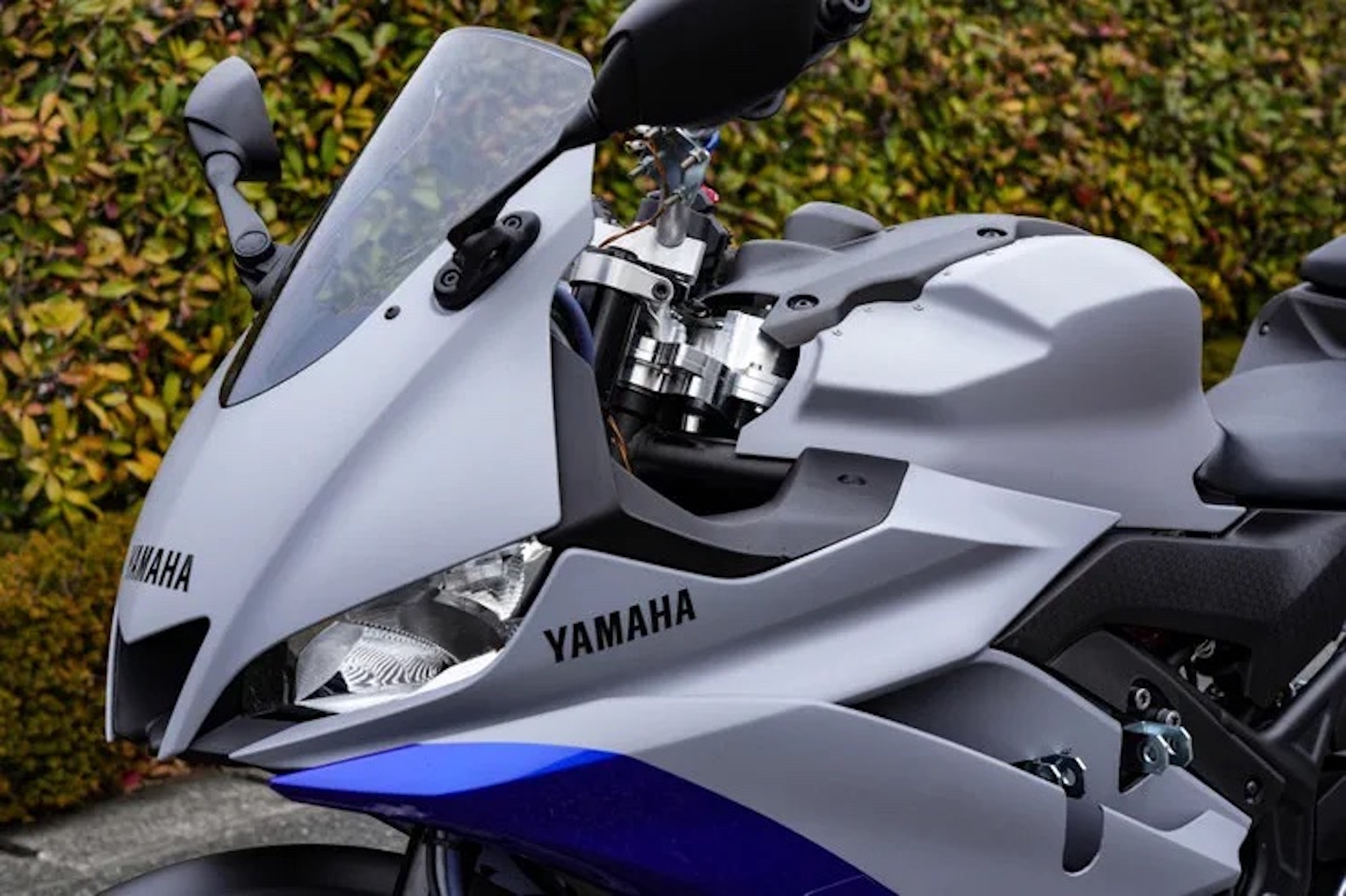


“With the base technologies in place now, we’re halfway to our goal of bringing AMSAS’ value to customers,” adds Yamaha’s Project Leader, Akitoshi Suzuki.
“From here on, we’ll be working to downscale the sizes of the various components and so on, as we want to develop it into a platform not just for motorcycles, but one also adaptable to a wide range of other personal mobility applications, like bicycles.”
What do you think of Yamaha’s drive to create a self-balancing system for the two-wheeled industry?


